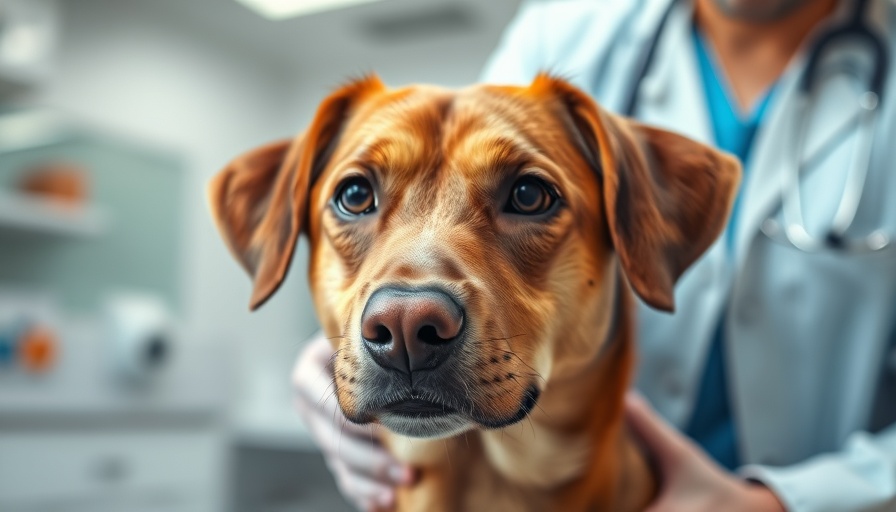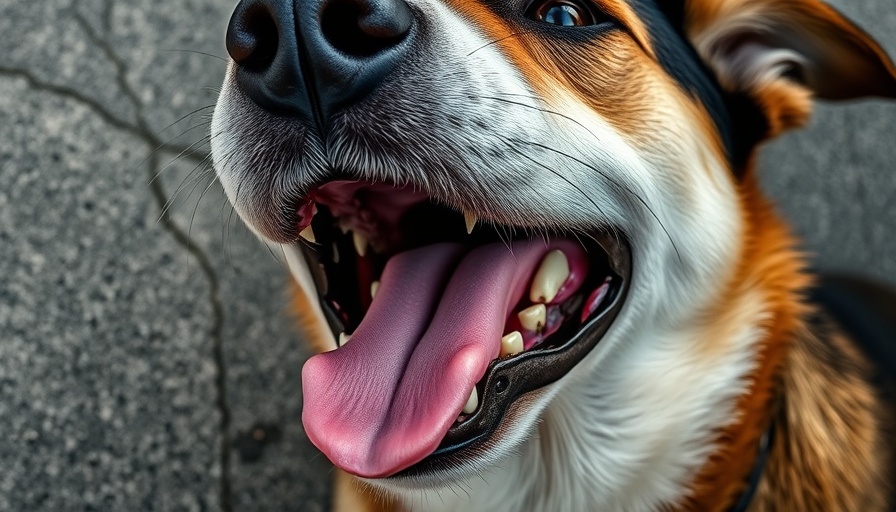
Understanding the Basics: Why Do Lumps Appear?
A bump or lump on your beloved cat or dog can be alarming, prompting all sorts of worries about your pet's health. Not all lumps are adverse signs, but they deserve attention. Knowing why lumps form can help ease some of that anxiety and inform your next steps.
Some lumps are harmless, often arising due to age, breed, or lifestyle choices. Aging pets typically develop fatty tumors, while specific breeds—like Boxers and Golden Retrievers—are more susceptible to certain cancers. Outdoor-loving pets face unique risks, picking up infections from bites or injuries that may manifest as lumps beneath the skin. Regular vet appointments and home checks can help catch abnormalities before they turn into something serious.
The Different Types of Lumps: What You Need to Know
Just like humans, pets experience various lumps for different reasons. It’s essential to understand these distinctions to recognize what may warrant a vet visit. Common types include:
- Fatty Tumors (Lipomas): Typically found in older or overweight dogs, these are generally benign but can occasionally develop into something more dangerous.
- Wart-like Growths: Often viral in nature, these may appear as small moles or growths, which can sometimes resolve on their own.
- Infectious Abscesses: Resulting from bites or outdoor activities, these show when the body reacts to infection, accumulating pus in the region.
- Malignant Tumors: Cancerous growths, though less common, are critical to identify immediately through veterinary evaluation.
Monitoring Risks and Conditions: Why Regular Checks Matter
One crucial tool pet parents can use to ensure the health of their furry friends is monthly “lump checks.” Look for signs like rapid growth, bleeding, or behavioral changes, such as excessive licking at a specific spot—these could serve as red flags. Early detection is vital; the sooner a lump is assessed, the better chances are for effective treatment.
Beyond checking for lumps, consider your pet's overall health. Regular exercise helps maintain a healthy weight and reduce fatty tumors. Additionally, protecting pets with lighter coats from sun exposure can prevent skin growths and other dermatological challenges.
Actionable Insights: Pet Health and Your Role
As a pet parent, you play a crucial role in maintaining your pet’s well-being. Scheduling biannual vet visits can help catch early symptoms, even before they become noticeable. While some lumps may come and go without a hitch, others may signify underlying issues that require immediate attention.
Always keep your vet's contact information handy, and don’t hesitate to reach out whenever you have concerns about your pet's health. Remember: Your vigilance is your pet's best defense against potential health risks.
Conclusion: Embrace Your Role as a Caregiver
In caring for your pets, you uphold a commitment to their health and happiness. Regular checks for lumps paired with a proactive approach to their health can result in better outcomes. Knowledge is your greatest ally in ensuring that your furry family members live long, healthy lives. Stay curious, stay informed, and most importantly, enjoy the special bond you share with your pets.
 Add Row
Add Row  Add
Add 




Write A Comment